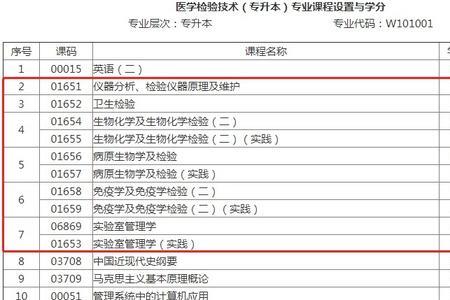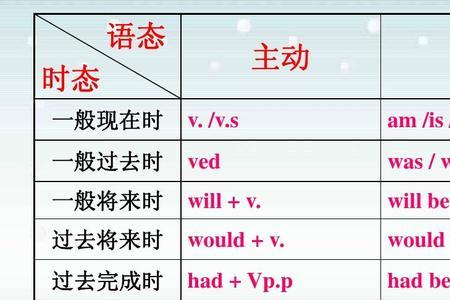概念:经常、反复发生的动作或行为及现在的某种状况。
时间状语:
always,usually,often,sometimes,everyweek(day,year,month…),onceaweek,onSundays,etc.
基本结构:①be动词②行为动词
否定形式:①am/is/are+not②此时态的谓语动词若为行为动词,则在其前加don‘t,如主语为第三人称单数,则用doesn’t,同时还原行为动词。
一般疑问句:①把be动词放于句首②用助动词do提问,如主语为第三人称单数,则用does,同时,还原行为动词。
英语一般现在时知识点总结
一般现在时有两层意思:
(其一)就是表示经常性和习惯性的动作或状态(其二)表示客观事实、自然现象。
一、一般现在时有三种形式
1、 谓语是be(am/is/are)的一般现在时。
①肯定形式:主语+be+表语(形容词、名词充当表语)。
I am hungry.
You are beautiful.
He is a doctor.
②否定形式:主语+be+not+表语(形容词、名词充当表语)。
I am not hungry.
You aren't beautiful.
He isn't a doctor.
③一般疑问句形式:Be+主语+表语(形容词、名词充当表语)?
肯定回Yes,主语+be. 否定回No, 主语+ be+not.
—Are you hungry?
—Yes,I am./No,I'm not.
—Is he a doctor?
—Yes, he is./No, he isn,t.
④特殊疑问句形式:特殊疑问词+Be开头的一般疑问句?
—What is he?
—He is a doctor.
注意:be要随着主语变。
2、 谓语动词是实义动词(及物动词或不及物动词)的一般现在时。
①肯定形式:“主语+及物动词+宾语”或“主语+不及物动词”。
She has a little brother.
她有一个弟弟。
The sun rises in the east.
太阳从东方升起。
②否定形式:“主语+don't/doesn't+及物动词+宾语”或“主语+don't/doesn't+不及物动词”。
She doesn't have a little brother.
她没有弟弟。
I don't eat every morning.
我每天早晨都不吃饭。
③一般疑问句形式:“Do/Does+主语+及物动词原形+宾语”或“Do/Does+主语+不及物动词原形”。
肯定回Yes,主语+do/does. 否定回答是:No, 主语+ don't/doesn't.
—Do you eat every morning?
—Yes, I do./No, I don't.
—Does she have a little brother?
—Yes, she does./No, she doesn't.
④特殊疑问句:特殊疑问词+do/does开头的一般疑问句
What do you like?
When do you go to school?
注意:根据主语确定用do还是does。
3、 谓语是情态动词can/may...+动词原形的一般现在时。
①肯定形式:主语+情态动词can/may.....+动词原形+宾语。
I can finish my homework.
②否定形式:主语+情态动词can/may.....+not+动词原形+宾语。
I can't finish my homework.
③一般疑问句形式:情态动词Can/May.....+主语+动词原形+主语+宾语。
肯定回答是:Yes,主语+情态动词. 否定回答是:No, 主语+ 情态动词+not.
—Can you finish your homework?
—Yes,I can./No, I can't.
④特殊疑问句形式:特殊疑问词+情态动词can/may.....开头的一般疑问句
—What can you do?
—I can do my homework.
注意:情态动词can/may.....+动词原形。






